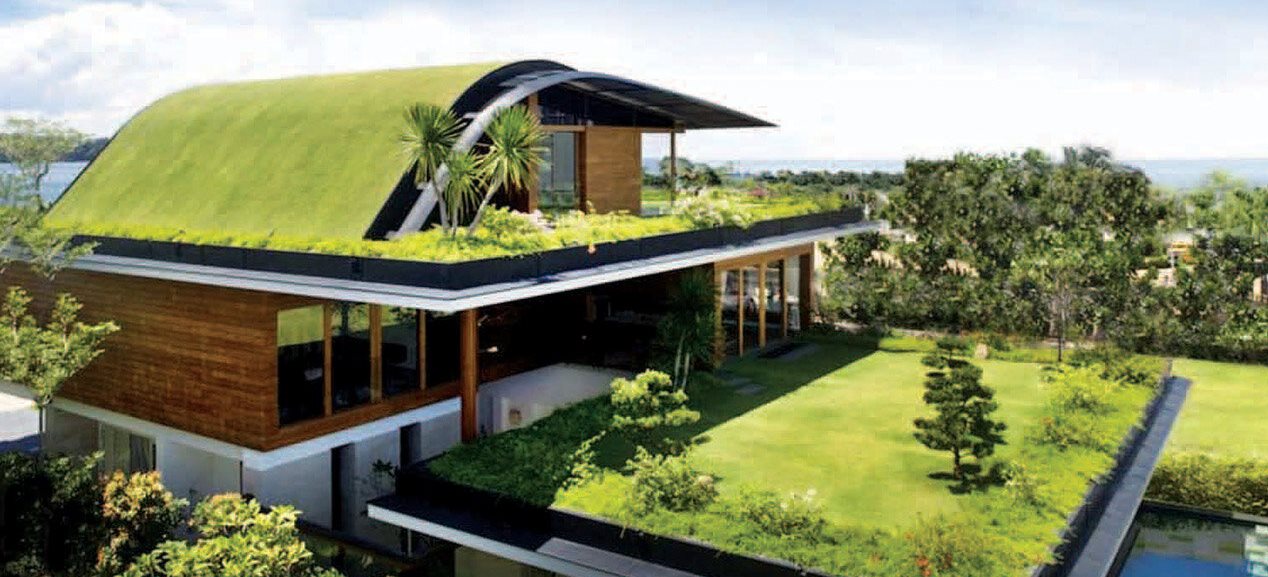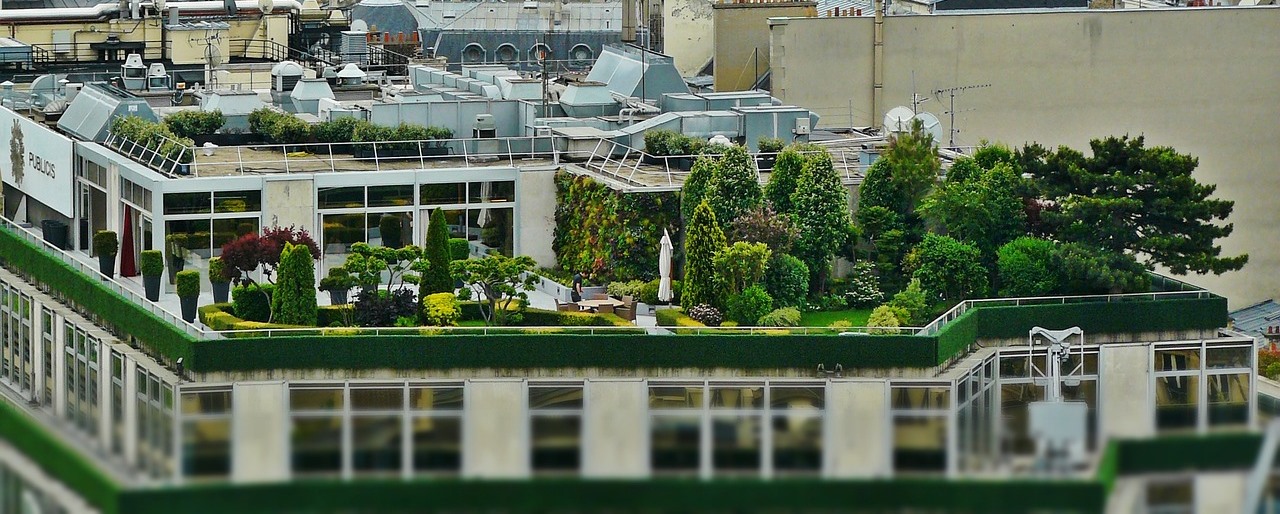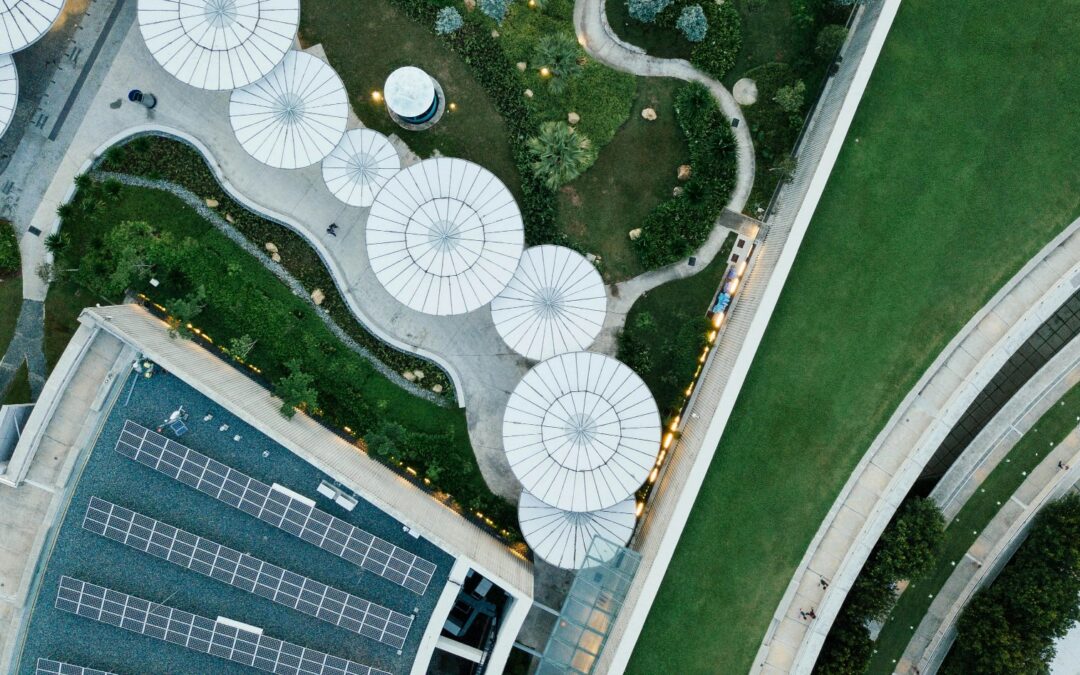Green roofs, also known as living roofs, are a sustainable urban solution that integrate vegetation into building architecture. These roofs, covered with plant layers, offer numerous environmental, economic, and social benefits.
Environmentally, green roofs help mitigate the urban heat island effect, where city areas become significantly warmer than their rural surroundings. By providing insulation and reducing the amount of heat absorbed by buildings, they lower the demand for air conditioning, which in turn reduces energy consumption and greenhouse gas emissions.
Additionally, green roofs enhance stormwater management by absorbing and filtering rainwater, which reduces runoff and decreases the risk of flooding and water pollution.

Green roofs contribute to urban aesthetics and provide green spaces in densely built environments. They create habitats for birds, insects, and other wildlife, fostering biodiversity in cities.
They can improve the quality of life for residents by offering recreational areas and reducing noise pollution. Additionally, they contribute to mental well-being by providing a connection to nature amidst the urban landscape.
From a monetary perspective, a green roof can increase property values and extend the lifespan of roofing materials. In addition, the insulation provided by the vegetation leads to lower heating and cooling costs, offering long-term savings.
Overall, green roofs represent a practical and multifunctional approach to urban development, combining ecological benefits with economic and social gains. As cities continue to grow, incorporating green roofs into building designs will be a key strategy for creating more sustainable and livable urban environments.


